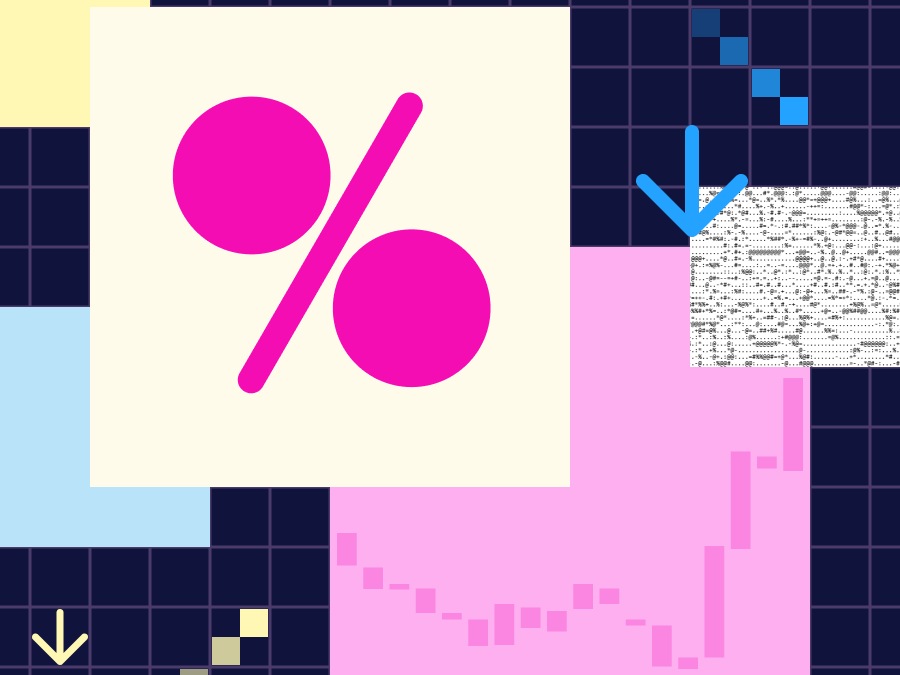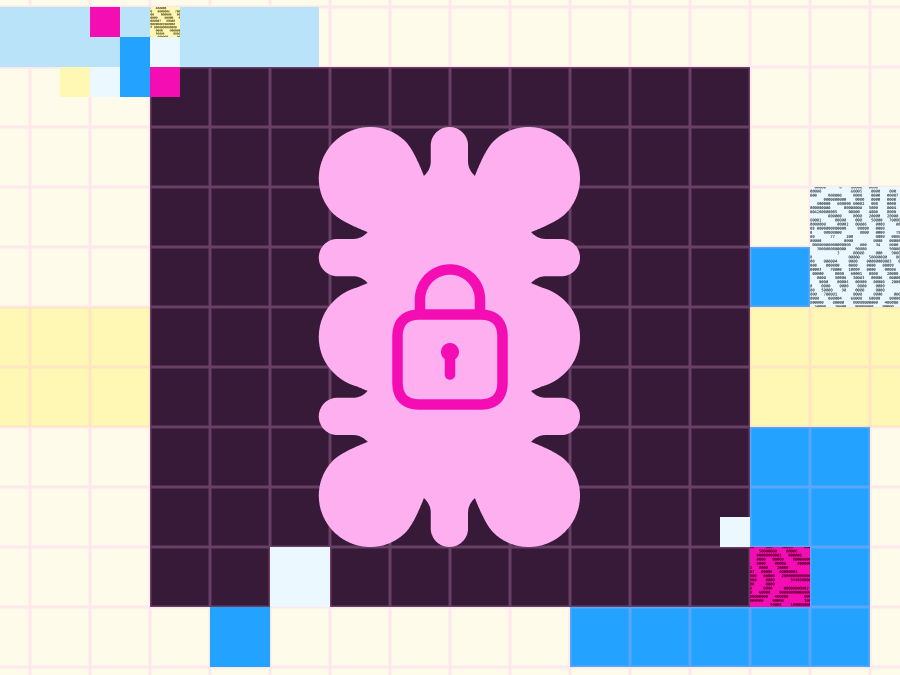You hit “Swap.” But instead of tokens, you get an error message — and still lose gas.
Failed swaps are one of the most frustrating parts of DeFi. And they can happen for all kinds of reasons: price movement, network congestion, and more.
A more reliable experience starts with the right infrastructure. Private order flow, aggregated liquidity sources, and gasless execution can help more swaps go through, and UniswapX is designed to do exactly that.
Why swaps fail in DeFi
Not every swap goes through. And when it doesn’t, it usually comes down to how onchain transactions work behind the scenes. Here are the most common causes:
- Price movement or slippage: If the token price shifts outside your slippage settings before the transaction confirms, the swap reverts to stay within your specifications.
- Mempool exposure: When a swap enters the public mempool, it can be seen publicly and acted on before it's confirmed. Bots may frontrun or sandwich the transaction, causing it to fail or settle at a worse rate.
- Network congestion or insufficient gas: If the network is overloaded or gas settings are too low, your transaction might not be picked up or could be dropped before completion.
Common swap failure messages
When you use the Uniswap Web App or Wallet, you’ll see helpful messages whenever a swap is expected to fail or has failed — a way for the app to flag issues early and guide you toward a successful transaction.
Here are a few common swap failure messages (and what they mean):
- “This transaction is expected to fail” | This message appears when the app expects a swap to fail, helping you avoid paying network costs on transactions that won’t go through.
- “Swap failed” | This error appears when the app can’t complete a swap — often due to browser issues, unusual token behavior, or approval and calculation conflicts — and can usually be resolved with basic troubleshooting or small changes to the swap details.
- “Insufficient liquidity for this trade” | The pool(s) can’t satisfy the trade size at your limits. Try a smaller size, a different token path, or wait for liquidity to improve.
Want to go deeper? Here’s a full list of common reasons transactions fail in the Uniswap Help Center.
The hidden costs of failed transactions
A failed swap doesn’t just waste effort. It can cost you in more ways than one.
- You still pay gas: Even when a transaction fails, the network charges a gas fee for the attempt. That’s value gone with nothing in return.
- You lose time: Rebuilding the trade, adjusting slippage, and resubmitting takes time. And by then, the price may have moved against you.
- You lose confidence: When swaps fail repeatedly, it starts to feel like DeFi just isn't built for reliability.
But swap failures aren’t just a user problem. They’re a design problem. The platforms and protocols we use matter, and some are built to make swaps go through more often.
What makes a platform more reliable (and why UniswapX stands out)
Some swap failures can be traced to user error, like setting too little gas or overly tight slippage. But many come down to how the platform or protocol is designed.
Some protocols batch orders and wait for a profitable window to fill them. Others surface quotes that look good upfront, then shift once the trade settles. Both approaches can leave users stuck waiting, second-guessing, or ending up with less than they expected.
UniswapX was designed with these problems in mind.
- Onchain and offchain liquidity aggregation increases the chance your trade gets filled, without waiting for it to be bundled with other users.
- Gasless swaps mean you don’t pay network costs when a transaction doesn’t land, which adds up fast for active or high-volume traders.
Recent data finds that UniswapX had a swap fill rate of 99.5% — offering dependability for your swaps, whether you trade occasionally or daily.
When your swap goes through UniswapX, fillers race to settle it, usually in the next block. The winning filler must stick to the price limits you signed, so there are no surprises. Fast blocks and tight price bounds help even big or volatile swaps land close to your quote.
Swap with confidence
Failed swaps aren’t just frustrating. They chip away at trust, waste gas, and stall your momentum.
UniswapX is built to fix that. With gasless swaps, private routing, and individualized execution on every trade, it gives you a more reliable path from quote to completion — without getting batched, delayed, or deprioritized.
Because getting a quote is easy. Getting it to go through is what actually counts. See the difference when your swaps are routed through UniswapX, now live in the Uniswap Web App.



